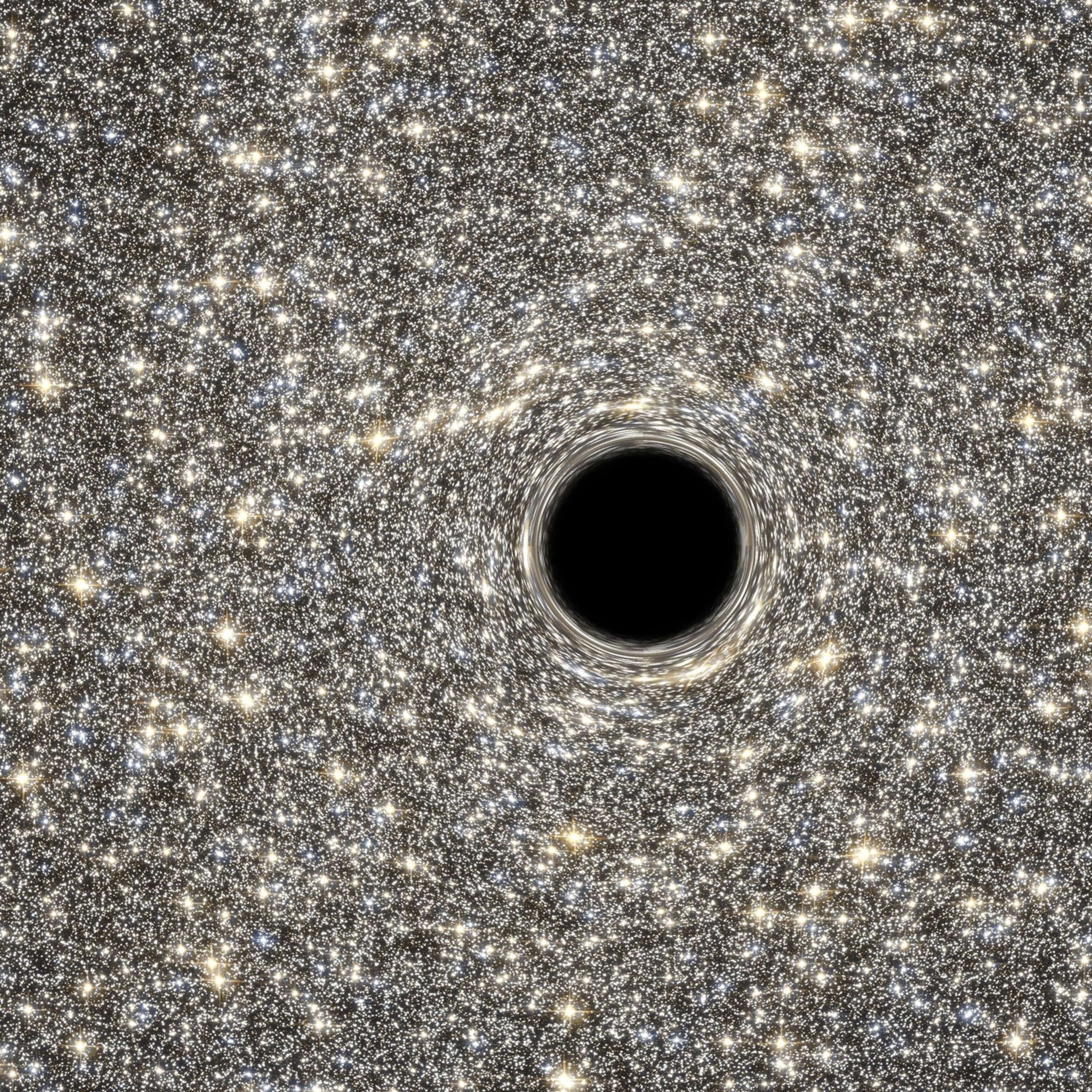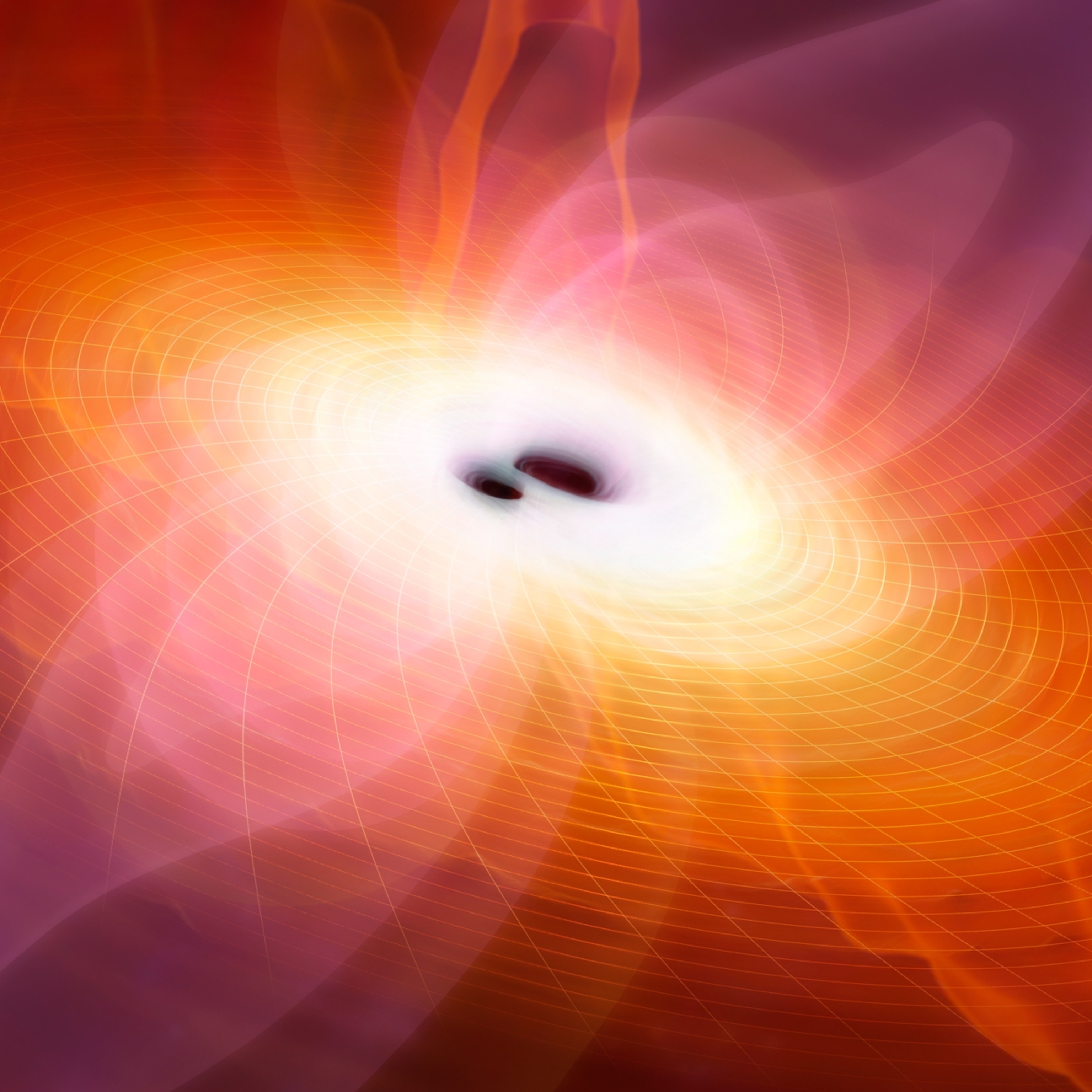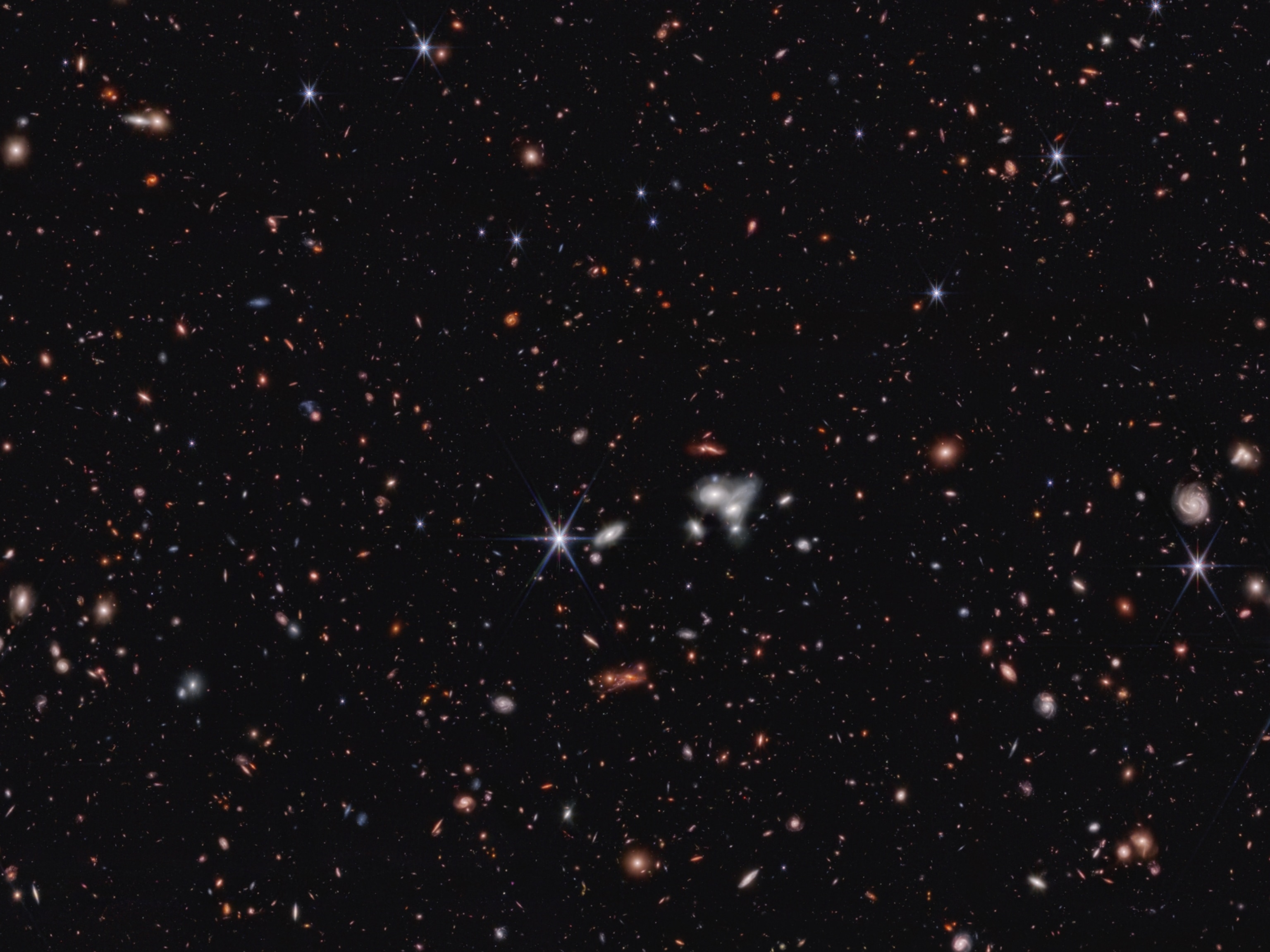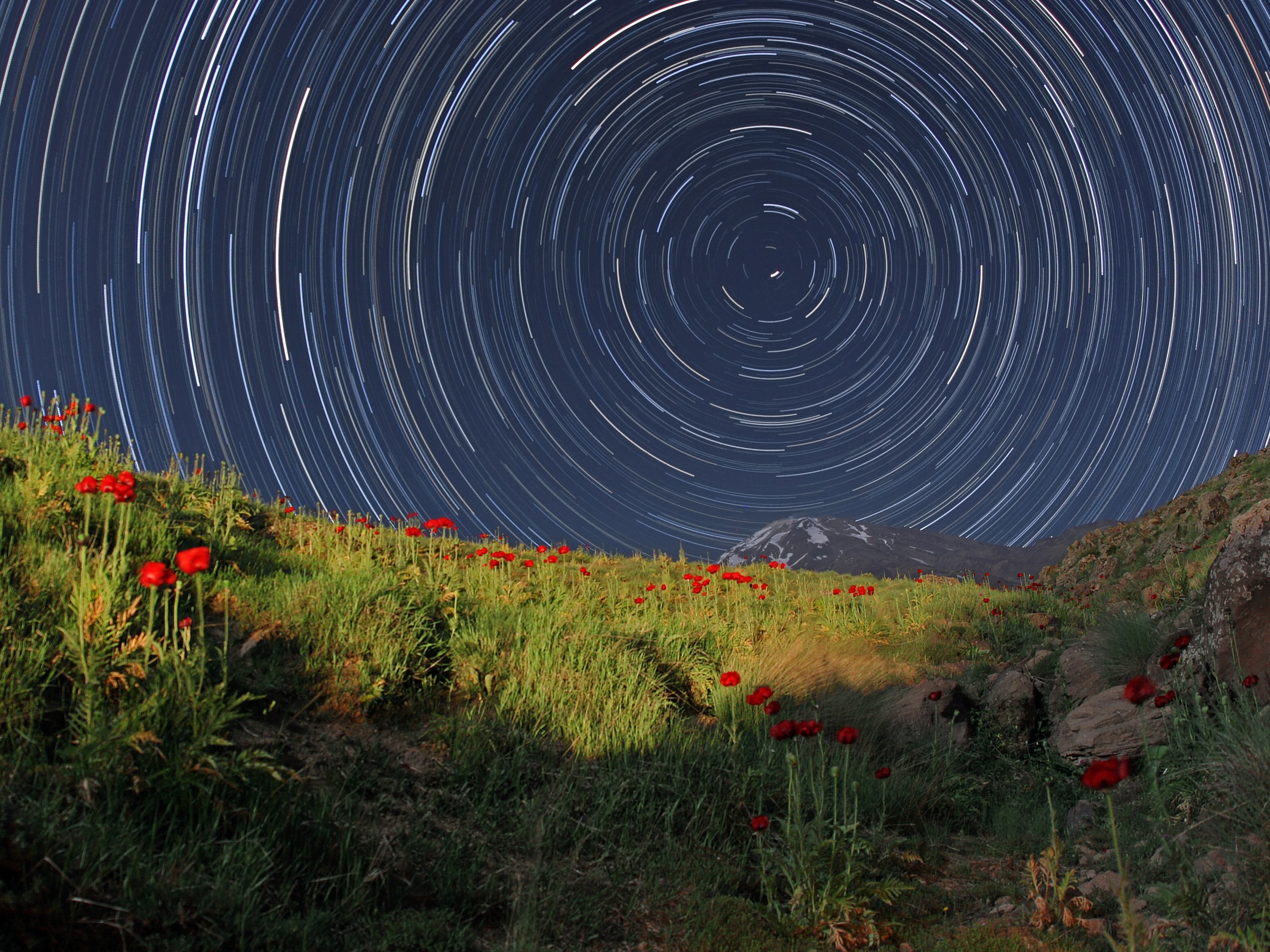Extreme black hole vindicates Einstein (again)
A detailed look at the supermassive black hole in our galaxy’s core is the latest attempt to push our knowledge of gravity to the limit.
What happens when a star has a close encounter with a supermassive black hole? It gives astronomers a chance to put Einstein to the test.
By looking at how a star behaves as it whips around the black hole parked in the center of our galaxy, scientists have confirmed that the object’s intense gravitational field puts the brakes on starlight, causing a noticeable delay in its journey through the cosmos. This measurement is the best way to test a key prediction of Einstein’s general theory of relativity, which suggests that light will lose energy as it struggles to move through an extreme gravitational field.
“This kind of experiment is the first direct test of how gravity works near a supermassive black hole,” says Andrea Ghez, an astronomer at the University of California, Los Angeles, whose team reports the results today in the journal Science. “Gravity is incredibly important, both in terms of our understanding of the universe and in our daily lives.”
(Why the FBI Kept a 1,400-Page File on Einstein)
Astronomers hope to one day find evidence that general relativity does not work in extreme gravitational environments, as that would provide a window into the possibility of new types of physics that may resolve some big mysteries in our understanding of the universe.
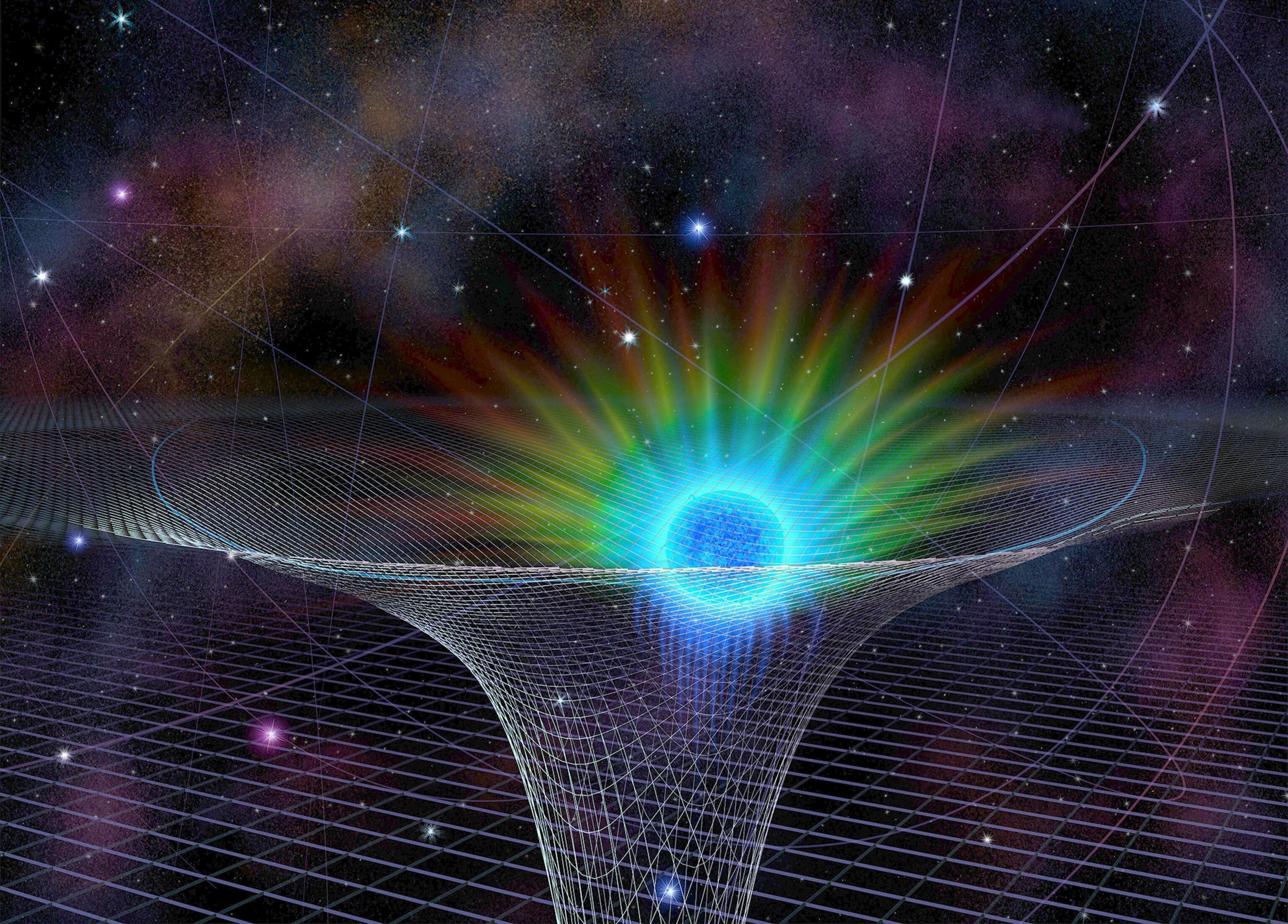
For now, though, it appears that Einstein is once again right, and that alternate theories of gravity, including one developed by Isaac Newton, are ruled out.
Massive dataset
As described by general relativity, what we perceive as gravity is the result of an object’s mass curving the fabric of space-time. The theory also states that even light is affected by gravity, and that very massive objects will warp any light moving around them. This effect was most famously observed during a 1919 solar eclipse that effectively made general relativity a mainstay of science. (Find out the results of an experiment Einstein himself thought was impossible to perform.)
This is why astronomers are so excited about a cluster of stars orbiting the supermassive black hole at the center of our galaxy, a monster with the mass of four million suns called Sagittarius A*, or SgrA* for short. The bruiser is about 26,000 light-years from Earth and is hiding behind a curtain of gas and dust.
The star of this show is called S0-2, and it hurtles around the Milky Way’s supermassive black hole, completing an oval-shaped orbit in just 16 years. At its nearest approach to Sgr A*, the star is screaming through space at roughly 15.5 million miles an hour, or nearly 3 percent the speed of light.
“These things are changing on a human lifetime,” Ghez says. “The constellations we see are the same that have been there for all of human history. But in the center of the galaxy, because you’re in such a strong gravitational field, the stars are actually moving.”
Because its orbit is oval-shaped, S0-2 swings between being very close to and quite far from the galaxy’s central black hole. Ghez and her colleagues wanted to study S0-2’s closest approach to Sagittarius A*, which most recently happened in May of last year. So, between March and September, the team took precise measurements of the star moving through space using a suite of telescopes in Chile and atop Hawaii’s Mauna Kea volcano.
“You really need to know, unambiguously, the shape of the orbit,” Ghez says. “At its closest approach, where the star is experiencing the strongest gravitational field, that’s when you can test Einstein’s theory of general relativity.”
Scientists added those newer data to a trove of observations gathered since 1995; taken together, the information allowed them to compute S0-2’s entire orbit in three dimensions.
Happy about seeing red
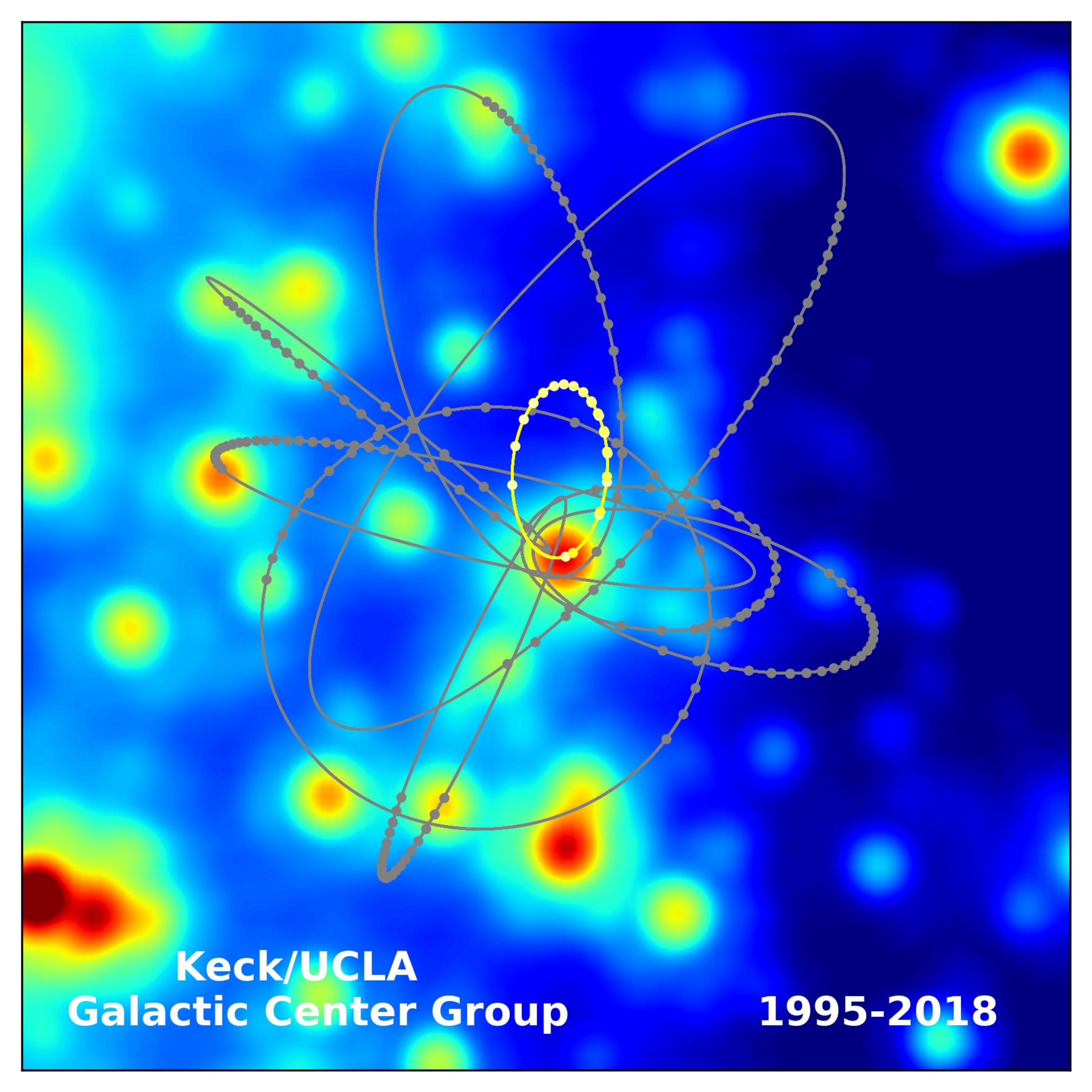
To test general relativity, the team combined measurements of the star’s position in space with observations of its motion along Earth’s line of sight to measure an effect called gravitational redshift.
Put simply, when S0-2 is closest to SgrA*, the black hole acts like a speed bump, slowing down the star’s light as it escapes into the cosmos. The effect shows up as a stretching of S0-2’s light toward less energetic, redder wavelengths.
“Gravitational redshift is fundamentally encoded in the spectroscopy,” says Ghez, who noted that S0-2’s starlight slows down by about 125 miles a second—exactly what Einstein’s equations predict for an object with SgrA*’s gravitational heft. As a bonus, the work more precisely pins down the mass and distance of SgrA*.
Scientists have tested general relativity this way before. Weaker gravitational fields in our own solar system and around the spinning corpses of stars, called pulsars, have the same effect. Global positioning satellites have to continually adjust for relativistic effects caused by Earth’s gravity, and without those corrections, navigating using any kind of maps app would fail.
As well, the GRAVITY team based at Germany’s Max Planck Institute for Extraterrestrial Physics has been studying the galactic center for decades, and last year, the collaboration announced that it had detected the same gravitational redshift in S0-2’s light that Ghez’s team described today.
The two measurements match, suggesting that gravity is consistent with Einstein’s theory rather than a Newtonian model, but they differ in the details. Ghez suspects that the systematic errors caused by instruments and reference frames explain the disparities, and she says that as the teams continue to study the galactic center, it will be increasingly crucial to eliminate those errors.
Frank Eisenhauer, GRAVITY’s principal investigator, says it is great to see these new independent measurements and confirmation of gravitational redshift. For him, the results show that the supermassive beast in the center of our galaxy remains a key target for deciphering the physics of black holes and the theory of gravity.
“The future for galactic center research is bright,” he says.
